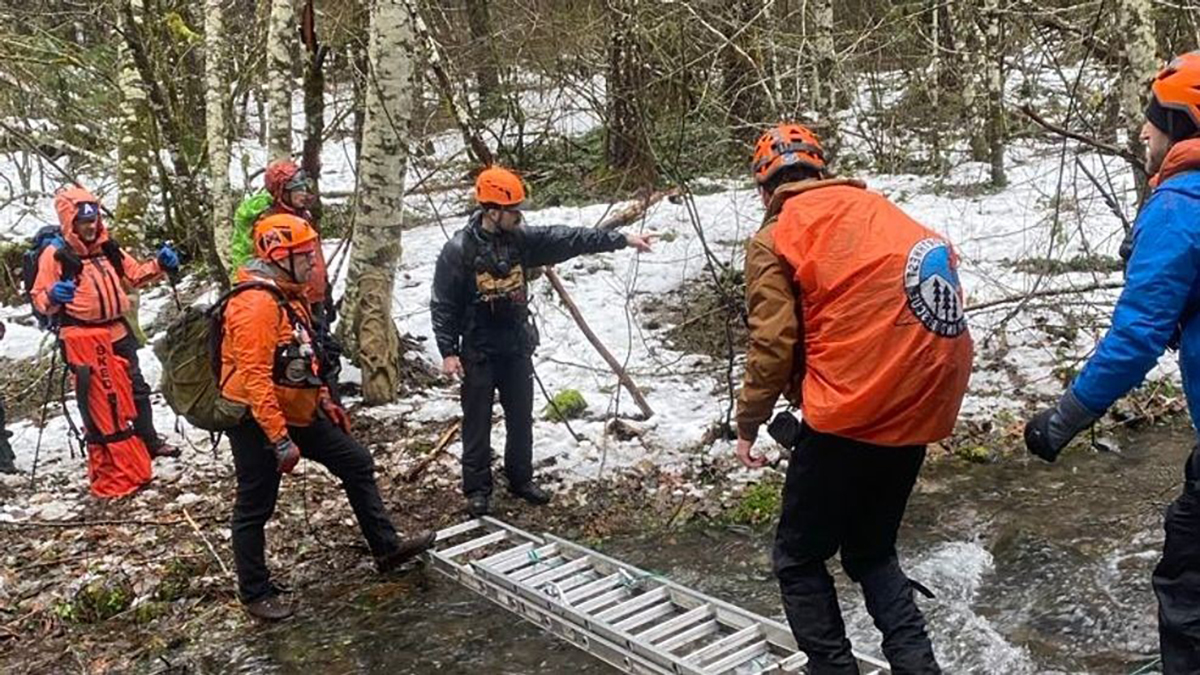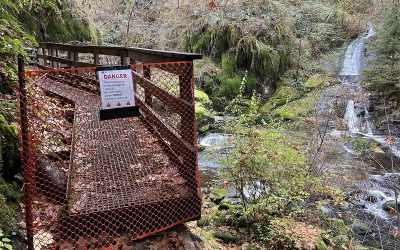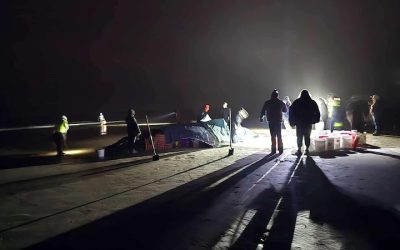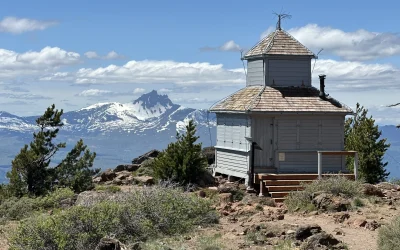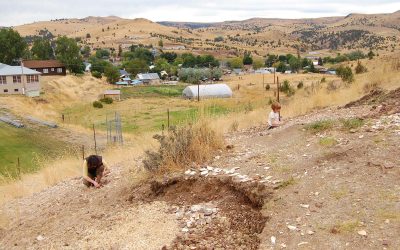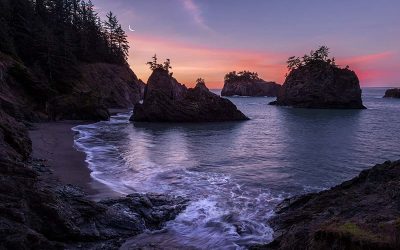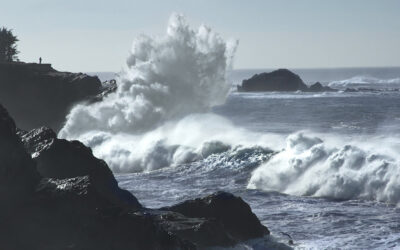The search for Bigfoot has long captured the imagination of adventurers in the Pacific Northwest, but a tragic Christmas incident serves as a sobering reminder of the risks involved when chasing legends through Oregon and Washington's rugged wilderness. Two Portland men, aged 59 and 37, were found dead in the Gifford Pinchot National Forest after setting out early on Christmas morning in search of the elusive Sasquatch.
According to the Skamania County Sheriff’s Office, the search began at 1 a.m. on December 25 after concerned family members reported the pair missing. Flock camera footage placed their car near the small community of Willard, Washington, sparking a multi-agency effort to locate them. Over the next three days, search-and-rescue teams braved treacherous terrain, heavy snow, and frigid temperatures in their attempts to bring the men home safely.
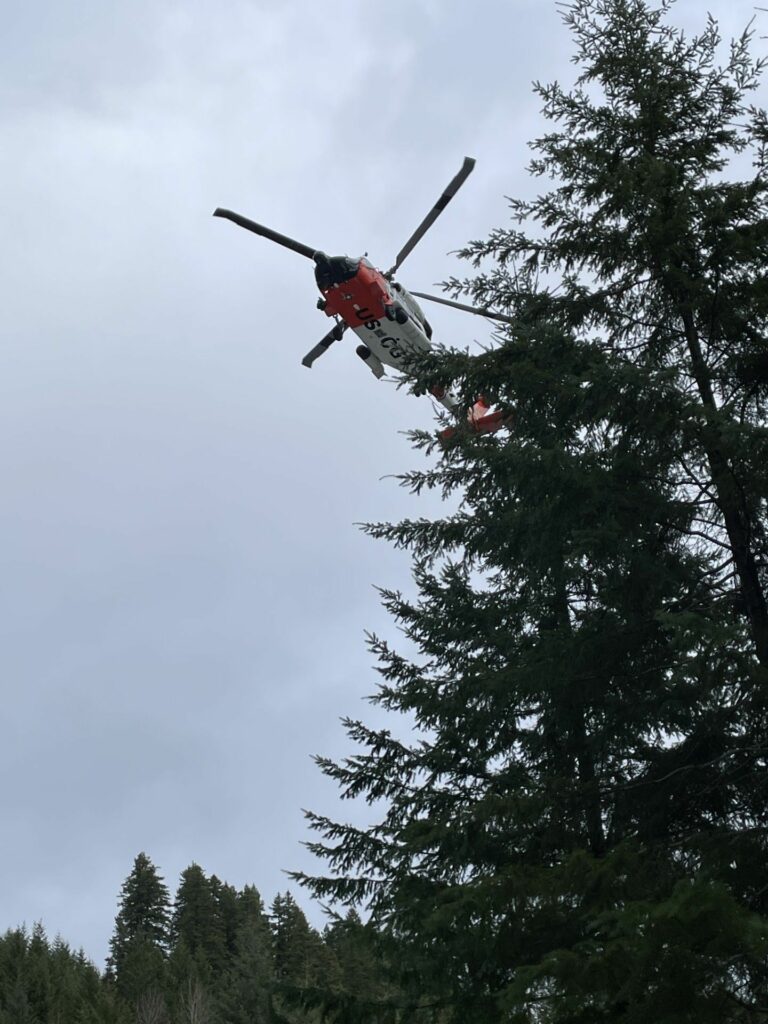
The bodies of the men were discovered in a heavily wooded area of the Gifford Pinchot National Forest. Authorities confirmed that exposure to the elements, combined with inadequate preparation for the harsh winter conditions, likely led to their deaths.
In a statement on their Facebook page, the Skamania County Sheriff’s Office expressed their sorrow: “The Skamania County Sheriff’s Office extends our deepest sympathies and condolences to the families of the loved ones lost in this tragic incident.”
The search-and-rescue efforts included teams from the Skamania, Klickitat, Wasco, and Hood River counties, along with specialized groups like the Silver Star, Crag Rats, PNW Search and Rescue, and the U.S. Coast Guard. Despite the best efforts of dozens of volunteers, the men’s journey ended in heartbreak.
The fascination with Bigfoot remains strong in the Pacific Northwest, where both Oregon and Washington rank among the states with the most reported sightings of the legendary creature. Gifford Pinchot National Forest, in particular, has long been a hotspot for Sasquatch enthusiasts. Its dense forests and remote landscapes provide the perfect backdrop for tales of the mysterious, larger-than-life figure said to roam the wilderness.
While the names of the men have not yet been released, their story serves as a tragic cautionary tale about the dangers of venturing into the wilderness unprepared, especially in winter.
The Dangers of Hiking in Winter and How to Prepare
Whether you're searching for Bigfoot or simply exploring the breathtaking wilderness of the Pacific Northwest, hiking in remote areas during winter presents unique challenges and dangers. Harsh weather conditions, rugged terrain, and limited daylight hours can quickly turn an adventure into a life-threatening situation. Preparation is key to staying safe.
Before heading out on your next adventure, consider these tips to ensure you're fully prepared:
- Check the Weather Forecast: Always know what to expect. Winter conditions in the Pacific Northwest can change rapidly, bringing snow, freezing rain, or sudden temperature drops.
- Dress in Layers: Wear moisture-wicking base layers, insulating mid-layers, and waterproof outer layers to stay warm and dry. Bring extra clothing in case of emergencies.
- Carry the 10 Essentials:
- Navigation tools (map, compass, GPS)
- Headlamp with extra batteries
- Sun protection (sunglasses, sunscreen)
- First aid kit
- Knife or multi-tool
- Fire-starting equipment (waterproof matches, lighter, firestarter)
- Shelter (emergency bivvy or space blanket)
- Extra food
- Extra water (or a water filtration system)
- Extra clothing
- Tell Someone Your Plan: Share your itinerary with a trusted friend or family member, including your expected return time.
- Bring a Communication Device: A fully charged phone is a must, but in remote areas, consider a satellite phone or personal locator beacon.
- Know Your Limits: Be realistic about your physical ability and experience level. Avoid overexerting yourself, especially in harsh conditions.
- Avoid Hiking Alone: Always hike with a partner or group when venturing into remote or difficult areas.
- Prepare for Darkness: Winter days are short, so carry a headlamp or flashlight and plan your hike accordingly.

